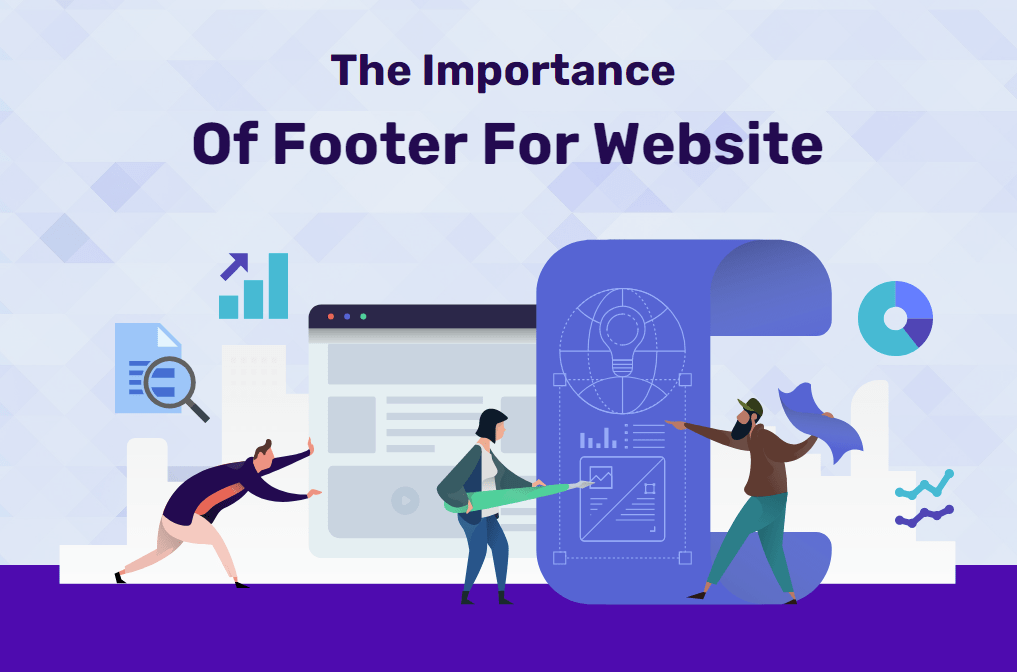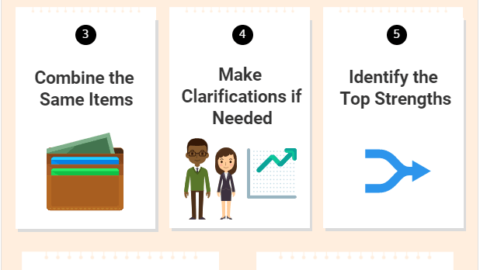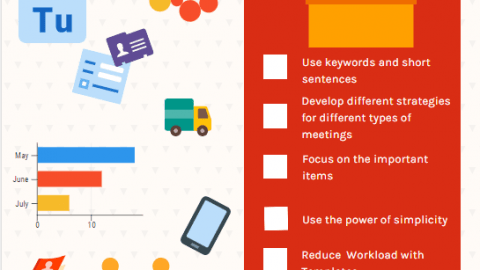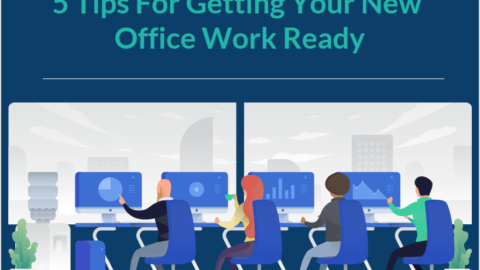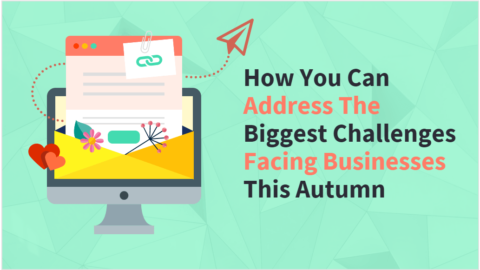The Importance of a Website Footer?
When you think about creating a website, what’s the first thing that comes to mind? Usually, it’s about the images or the written content. It’s never about the website footer, right? The footer is usually an afterthought. In fact, some people who commission the creation of a website may never think of including this at all. Actually, footers are quite important for user engagement and user experience design.
Table of Contents
What Is a Website Footer?
For the uninitiated, the footer is the section of the website found at the bottom of the page—mostly at the bottom of every page and not just the main one. Among the things that you can see in the footer section are the following:
- Copyright notice
- Email signup form
- Logo
- Private policy
- Sitemap
At first glance, those things don’t seem important at all. However, they are all essential in creating a website.
Logo, of course, is important in terms of branding. But if you put yourself into the shoes of a web user, you might think: who goes through a copyright notice? Who even visits the sitemap? Who wants to read the privacy policy? Of the things mentioned, only the email signup form seems like something that users actually click.
This notion is also backed by a property study conducted by the Nielsen Norman Group in 2018. According to the report, more than half (57%) of a user’s viewing time is spent “above the fold.” This means that web users usually stay at the top half of the website. However, that figure is also decreasing. With most people spending a lot of time on their gadgets and with scrolling becoming normalized, people are no longer constrained at the top half of the page.
The Normalization of Scrolling
There was a time when internet use was constrained to desktops and laptops. While scrolling down is not exactly a taxing activity, it’s just not as easy as when you are using your phone or tablet. Mobile technology has made scrolling easy and convenient. It’s not just that—there has been a change in attitude, as well. People have become so accustomed to using their gadgets at all times that scrolling down is no longer an extra task. Experts found that people don’t mind scrolling down if they have a reason to do such a thing.
What’s also interesting is that people would think that interest in the information under the fold would continue to decrease, which was not the case with the Nielsen study. You see, as the percentage trickles down to 7%, 5%, 3%, a couple of 2% and a few 1%, the bottom of the screen actually sees an uptick of 4%. This means that while people languidly scroll down the web page, their interests are actually piqued at the bottom of the page, which is where the website footer is located. People know that the footer contains pertinent information.
Why The Footer is Important for a Website?
The website footer is actually an important part of creating a website. It may not get enough attention from people but it is quite essential when it comes to performance. Here are the benefits of footers:
1. The Footer Provides an Ending
When you write an article, you usually end it with a brief summary of what is mentioned in the article. That makes a good ending to a document. However, when it comes to web pages, there is no one way to end them. The end refers to the bottom of the page and not something significant like a summary of the information.
That’s where the footer comes in. It actually provides a good ending to a page. It provides uniformity, too, as it should be found on all pages of the website. Footers signal users that they are at the end of the page and they should either go to the next page or go back to the top of the page. Better yet, they could click on any of the information in the footer to find more about the website.
2. Motivates People to Take Action
Usually, there are calls to action somewhere on the web page. Somewhere at the top is a signup page, on most websites. There are also other pieces of information in the middle of the page that would require some type of action. The footer provides an opportunity for web users to take action on things that they might have missed out on. So, instead of browsing through the entire page looking for that part, they could just go to the footer and take the desired action.
There is usually a section to sign up to a mailing list. Another popular section is a link that provides all the contact information of the company. Those are very important for the business. You want to provide users with an easy way to contact you. On the other hand, you want users to provide you with their email addresses so you can send them marketing materials. The footer could also contain a link to a product demo.
3. Important for User Experience Design
User experience design, or UX design, is about making things easier for the users. You want people to effortlessly navigate your website. They should not feel stressed about finding what they are looking for. You should not make things hard to find, thinking that it would make the users stay longer on your website.
Users prefer websites that are easy to navigate. That’s why you have to make the user experience design with the market and the target audience in mind. The footer will make finding information easier for the users since there are links to multiple pages in one section.
4. Provides Continuing User Engagement
With the contents of the website footer, you are basically asking the users to continue to engage with your website. For example, with navigation links, you are making it easier for users to go to a different page without scrolling up. When used correctly, footers can improve user engagement.
It’s the same with the email signups. You are asking users to be a part of your regular newsletters where update them about your brand and special offers which will also contribute to user engagement in the long run. The “contact us” part will also provide the needed contact information for your company so that users can easily get in touch with you.
5. Provides Important Information
Copyright information and privacy statements, as well as legal disclaimers, are important aspects of your website. These have legal implications. However, these are also the information that you cannot put at the top of your web pages. They are not really interesting to your target market, but they are important to your company. The footer section provides a place for such information.
Conclusion
There you have it! There are a number of practical reasons why you should also focus on the website footer when creating a website. Some of the practical reasons serve your target market, while others are in the best interest of your company. By using footers you can improve user engagement, provide all the necessary information in one place and persuade users to take action.
While you don’t have to spend a lot of time crafting this part of the website, you should provide the necessary information that would make your website better. Also, the footer section should continue to be on-brand. So, while creating a website, make sure that your site footer is designed by a trusted web design agency.
A dedicated Career Coach, Agile Trainer and certified Senior Portfolio and Project Management Professional and writer holding a bachelor’s degree in Structural Engineering and over 20 years of professional experience in Professional Development / Career Coaching, Portfolio/Program/Project Management, Construction Management, and Business Development. She is the Content Manager of ProjectCubicle.

